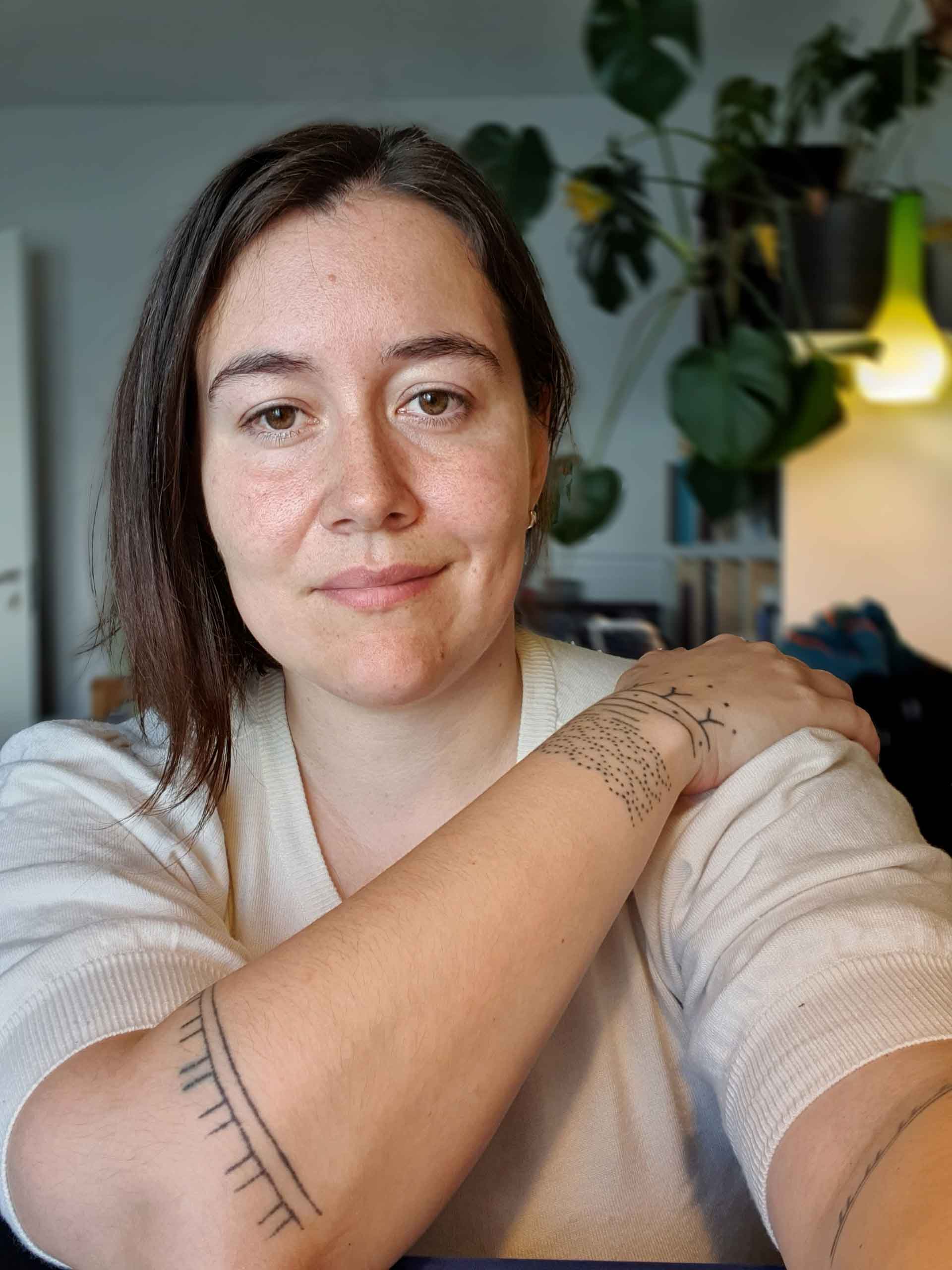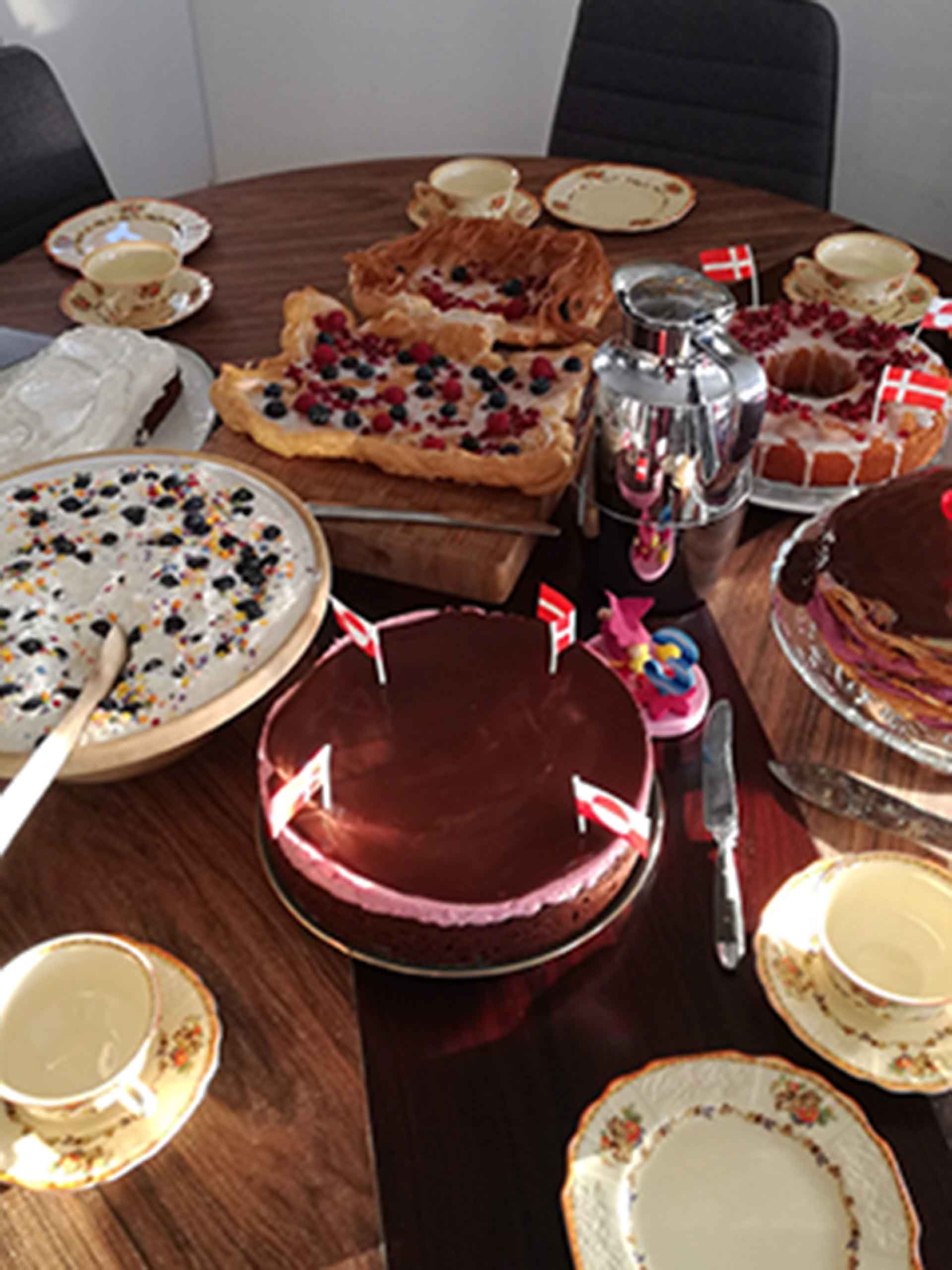Exploring legends, myths, and rituals tell us about Greenland both now and then, but it could also help to define the future.
By Josephine Schnohr
Drum dancing, kaffemik, myths, amulets, Inuit tattoos, kayak championships, and mask dancing are cultural heritage – that is, part of the culture that we have inherited from previous generations. Although it is a form of heritage that cannot be measured or weighed, it is important if we want to understand who the Greenlandic people were, are, and will be in the future.
Therefore, Greenland National Museum and Archive is working resolutely to register and describe precisely this part of their cultural heritage. The Danish-Greenlandic archaeologist Kirstine Eiby Møller explains:
“As an archaeologist, you spend a lot of time studying objects and relics from earlier times. But people are more than just their houses, tools, and tombs. In recent years, we at the museum have focused on the intangible cultural heritage and the traditions and cultural features that continue to play a role in Greenlandic society today.”
Because even if you cannot really exhibit a kaffemik in a museum, it still has a justification on an equal footing with physical objects.

